|
By Leah Parker, MAED, Barclay Genealogy Researcher Dunnottar Castle is another beautiful place in Scotland with ties to Clan Barclay. I find it to be utterly enchanting, and it is one of my favorite castles on the planet. Dunnottar was the seat of Clan Keith and now stands in ruins perched on a cliff on the northeastern coast of Scotland, about 2 miles or 3.2 km south of Stonehaven. The name Dunnottar is Scottish Gaelic: Dùn Fhoithear, meaning "fort on the shelving slope." The buildings we see today are mostly from the 15th and 16th centuries, but the site is believed to have been fortified in the Early Middle Ages. Dunnottar has played a prominent role in the history of Scotland even through the Jacobite risings of the 1700s because of its strategic location and defensive strength. Dunnottar is best known as the place where the Honours of Scotland, the Scottish crown jewels, were hidden from Oliver Cromwell's invading army in the 17th century. The property of Clan Keith from the 14th century, and the seat of the Earl Marischal, Dunnottar declined after the last Earl forfeited his titles by taking part in the Jacobite rebellion of 1715. The castle was saved from ruin in 1925 and is now open to the public. If you are unfamiliar with the title Earl Marischal, this is a good explanation: The title of Earl Marischal was created in the peerage of Scotland for William Keith, the Great Marischal of Scotland. The office of "Marischal of Scotland" (or Marascallus Scotie) had been hereditary, held by the senior member of the Keith family, since Hervey (Herveus) de Keith, who held the office of Marischal under Malcolm IV and William I. The descendant of Herveus, Sir Robert de Keith (d.1332), was confirmed in the office of "Great Marischal of Scotland" by King Robert the Bruce around 1324. Robert de Keith's great-grandson, William, was raised to the peerage as Earl Marischal by James II in about 1458. The peerage died out when George Keith, the 9th earl, forfeited it by joining the Jacobite Rising of 1715. The role of the Marischal was to serve as custodian of the Royal Regalia [Honours] of Scotland, and to protect the king's person when attending parliament. The former duty was fulfilled by the 7th earl during the Wars of the Three Kingdoms, who hid them at Dunnottar Castle. The role of regulation of heraldry carried out by the English Earl Marshal is carried out in Scotland by the Lord Lyon King of Arms. Clan Keith and Clan Barclay were friends, neighbors, and kin to each other. Colonel David Barclay purchased the Urie Estate in the late 1660s from the Earl Marischal, Laird of Dunnottar. (The Urie Estate was about 2.5 miles or 4 km from Dunnottar, but more on Urie in a future blog.) The ties of friendship and kinship were so strong that William Keith, the 7th Earl Marischal of Scotland and Laird of Dunnottar Castle, invited Colonel David Barclay (among a small group of trusted friends) to view the Honours of Scotland when they were hidden in a vault in the castle from Cromwell’s invading army. A History of the Barclay Family, Part III tells the story on pages 50-52: A strong personal friendship as well as the tie of kinship had existed for generations between the two families, and in the Fraser Papers two anecdotes are related which show the pleasant and familiar terms they were on. During the interregnum the care and concealment of the Regalia of Scotland had fallen to the Earl Marishal by right of his hereditary office, and the secret of their whereabouts was only divulged to a very few of his most intimate friends. They were called “The Honours of Scotland,” and consisted of the Crown, the Sceptre, and the Sword. In the Fraser letters there is an account of how David Barclay was privileged to see them. “David Barclay, along with several others, accompanied from Fetteroso, the Earl Marshall with his visitor Earls, Seaforth and Sunderland, to see the Regalia (called The Honours of Scotland) which were kept in a Vault in the Tower of Dunottar Castle, cut out of the solid rock, and cased or lined with lead, and also mahogany, in which they were kept on a table covered with fine linen, and hung with tapestry. “ The Governor of the Castle first opened two locks, and the Earl Marischal a third, with a key taken from a bag hung from his neck by a silver tripet, on which the door of the Regalia was opened, and the Earls kneeled on cushions to view it, after which the attendants got leave by sixes to go and do the same, when the door was locked, and a salute fired from the Castle.” When the Committee of Estates was seized at Alyth in 1651 the Earl Marischal was in possession of this important key, which he wore in the bag round his neck, and must have been extremely anxious lest it should fall into the wrong hands. In the confusion consequent upon the arrest and transhipment of so large a number of people, he was able secretly to send the key to his wife, by a trusty messenger. She managed to save the Honours, and only just in time, as the castle was already surrounded, and was taken by Cromwell a few months later. The Countess Marischal arranged with the wife of the Rev. James Grainger, minister of Kinneff, a small parish church within a few miles of the castle, to remove these precious relics. Mrs. Grainger had been obliged to leave her horse in the besieging camp when she was permitted to enter the castle, approach being only possible on foot. On her return she carried the crown, rolled up in some linen, and must have had an anxious moment when the English General in charge of the blockading Army courteously helped her to mount [her horse], and she took the crown in her lap. Her maid followed her on foot, bearing the sword and sceptre concealed in bundles of lint, which Mrs. Grainger pretended were to be spun into thread. They passed safely through the English army, and arrived at Kinneff, when her husband took charge of them, and wrote to the Countess: “I, Mr. James Grainger, minister of Kinneff, grant me to have in my custody the Honours of the kingdom, viz., the Crown, Sceptre and Sword. For the Crown, and Sceptre, I raised the pavement stone just before the pulpit (in the church of Kinneff) in the night tyme, and digged under it ane hole, and layed down the stone just as it was before, and removed the mould that remained, that none would have discerned the stone to have been raised at all, the Sword again at the west end of the church amongst some common seits that stand there. . . . and if it shall please God to call me by death before they be called for, your Ladyship will find them in that place.” Here they remained till the Restoration, safe in their obscure place of concealment, and visited from time to time by the faithful Graingers to renew the cloths in which they were wrapt. One more item of interest: If you watch Dinsey Pixar's animated movie Brave, you may notice some similarities between the film’s castle DunBroch and Dunnottar Castle. According to The Pixar Times, the creative team behind the movie “wanted a castle in the story, but not a Germanic castle that was Cinderella-like, according to story artist Louis Gonzales. The artists working on the story wanted the castle to be ‘earthy,’ grittier than the pristine ones often seen in animated films. They visited the Eilean Donan and Dunnottar Castles.” So be sure to watch Brave after your next visit to Dunnottar and see if you catch the resemblance. This is one of my favorite castles that I have visited in Scotland, and I highly recommend a visit. If you go, I suggest that you arrive in the morning, as it will be less crowded. (We nearly had the whole place to ourselves when we visited at opening time in September 2016.) The small parking lot can be completely filled by noon. Also, sometimes the winds whip up in the afternoon, making the cliffs dangerous and causing the castle to close to visitors. By the way, the Honours of Scotland are now housed in Edinburgh Castle, which is another great castle to visit. As with Dunnottar, to avoid the most crowded part of the day, I recommend arriving in the morning. Be sure to join one of the free tours once you are in the castle, but go see the Honours first, as the line gets longer as the day goes on.
2 Comments
By Leah Parker, MAEd, Barclay Genealogy Researcher With so many castles to visit in Scotland, why visit Delgatie Castle? I would suggest there are a few reasons. If you have the good fortune of visiting Towie Barclay Castle, Delgatie is conveniently located just 7.5 miles away. It is a lovely place with rich history, and it has ties to Clan Barclay. Plus, it’s haunted, so need I say more? Delgatie Castle is the home of the late Captain John Hay of Delgatie, Feudal Baron. Built around 1049 the Castle has largely been in the Hay family for a little more than 650 years. It was taken from the Earl of Buchan after the Battle of Bannockburn in 1314 and given to Clan Hay, when Robert the Bruce routed the invading English army. Clan Hay descends from Scoto-Norman knight Guillaume de la Haye, who first appears on the records circa 1160. William Hay (1423-1462) was the First Earl of Erroll and is in the Barclay Family Tree. William Hay was born in Erroll (now spelled Errol) in Perthshire, the son of Gilbert Hay and Alicia Hay, daughter of William Hay of Yester. His paternal grandmother, Princess Elizabeth Stewart, was the youngest child of Robert II of Scotland and his first wife, Elizabeth Mure. His paternal grandfather Thomas de la Hay was the third Lord High Constable of Scotland. William Hay inherited the title in 1437 after the death of his father Sir William. William Hay, First Earl of Erroll, was the 5X great-grandfather of Colonel David Barclay (1610-1686), first Laird of Urie, through his paternal grandmother. A further connection ties Clan Barclay to Clan Hay. Anne Drummond Countess of Errol was the widow of John Hay, 12th Earl of Errol, and she counted Robert Barclay Urie II, The Quaker Apologist (1648-1690), as an admired friend. Upon his untimely death, the Countess wrote a letter from another Clan Hay Castle, Slains, to Christian Mollison Barclay, Robert’s widow, to express her condolences. The Countess addressed Christian Barclay as “Much Honoured” and went on to say, “As there was none had a greater esteem of the merit of your worthy husband, when alive than I, so there’s none can value his memory more than I shall always do.” She expressed gratitude for Robert Barclay’s friendship to her family during a difficult time and closed by saying that “…it shall be a very acceptable satisfaction to me, to see any of your family at this place [Slains Castle], for I am affectionately at your service.” Back to Delgatie Castle… Mary Queen of Scots stayed at Delgatie for three days after the Battle of Corrachie in 1562. Her bedchamber is on view to visitors. Like many castles, it is said that Delgatie is haunted. Soldiers posted at Delgatie Castle during World War II reported seeing a ghostly figure with vivid red hair. Some have supposed that this may be Alexander Hay, but the more popular theory is that the ghost is actually a lady named Rohaise. Taps, knocks, footsteps, and even a female voice humming have been been observed in the Rohaise Room, specially when young men are in the room. The castle's recent history accounts, mostly written by Captain Hay who restored the house in the 1950s, report that the ghost was first seen when a body was found bricked up in a priest hole. You can tour Delgatie Castle and see Queen Mary's Bower and the Rohaise Room, as well as other treasures, for yourself. During your visit, be sure enjoy lunch or afternoon tea and visit the shop. The property is beautiful and expansive with horses to pet and trails to walk, and you can even fish at Delgatie Lake. You can also stay at Delgatie Castle. My brother and his family stayed in one of the castle apartments on our visit in June 2019, and it was lovely. We highly recommend it! Joan manages the castle and takes reservations for the apartments, and she is a delightful lady.
By Bill Barclay, Drum Major of Towie Pipe Band The village of Towie is in the Strathdon area of Aberdeenshire, approximately 37 miles from Towie Barclay Castle at the other side of the county. This is the band’s 40th anniversary year. We wear the Graham of Menteith muted tartan. The band has in the past been European Champion Drum Corps and overall 4th Piping and Drumming. We take part in games and contests all over the North as well as the RSPBA championships. We are of varying ages from youngest of 11 to oldest of 64. But all enjoy the hobby we have in the pipe band. In years gone by, we have taken part in festivals and concerts in Germany, Norway, Orkney and France. We are always willing to travel and play the highland music we love. By Leah Parker, MAEd, Barclay Genealogy Researcher The History of the Barclay Family, Part I, records that the son of Rogerius de Berchelai and his wife Rissa, John de Berkeley, accompanied Princess Margaret as she fled from William the Conqueror from England to Scotland in 1069. The story goes that John helped to deliver Margaret safely to Scotland’s King Malcolm III to be his wife. Margaret was the sister of Edgar Atheling and daughter of Edward the Exile, representing a royal house that was a rival to William the Conqueror. By all accounts, King Malcolm adored and admired his bride, Margaret. Both the political climate in England and the seas on which Margaret sailed from England to Scotland were rough and dangerous, and so King Malcolm was grateful to John de Berkeley for delivering Margaret to Scotland safely. It is said that in his gratitude, the king granted John de Berkeley the lands of Towie in Scotland. This story, like many in our Barclay history, is shrouded in the mists of history and legend. Accounts based on more recent research suggest that the true story is much less romantic and does not involve Margaret and King Malcolm. Whatever the story of how Clan Barclay secured the lands of Towie, we do believe that the current structure of the Towie Barclay castle was built in 1593. Another legend tells of Clan Barclay's pillage of a nunnery in the 12th century (#BarclaysBehavingBadly). Thomas the Rhymer, a renowned poet of the day (kind of like a rock star), is said to have proclaimed: "Towie Barclay of the Glen/Happy to the maids/But never to the men," which was interpreted as a curse on the male line. Belief in the curse by Clan Barclay was strong enough that it was given as a reason by Mr. Barclay Maitland for the sale of Towie Barclay Castle in 1753 to the Earl of Findlater, who after "dreeing the weird," (the ''weird'', meaning the curse) and after his son also died, sold it to Gordon's Hospital in Aberdeen in 1792. The castle was bought in the 1970s by musician Marc Ellington and his wife Karen, who restored the castle. The cozy Garden Cottage at Towie Barclay Castle is available to book for holiday and boasts three bedrooms, two bathrooms, a living room, and a well-appointed kitchen. When my family stayed at the Garden Cottage in June 2019, Marc Ellington was gracious enough to host us on a tour of the castle and regaled us with stories not only of the castle but also of the many treasures displayed in their home. I highly recommend the Garden Cottage at Towie Barclay Castle—beautiful cottage, beautiful castle, beautiful hosts, beautiful country! |
AuthorMy name is Leah, and I am the daughter of a Barclay. As an historian and genealogy researcher, I am proud of my Barclay roots and want to preserve and share our stories. Join the conversation at Clan Barclay International Facebook Page.
Archives
March 2021
Categories
All
CLAN BARCLAY INTERNATIONAL
Copyright © 2021
|
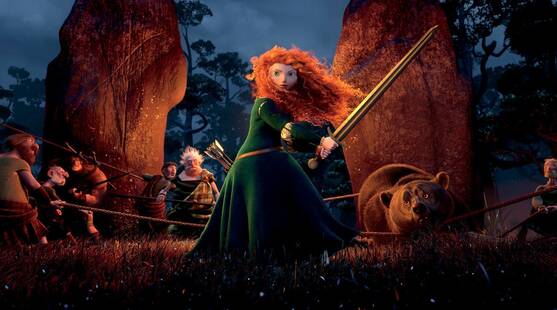
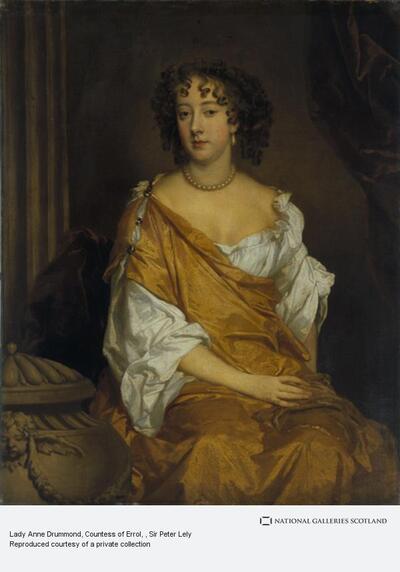
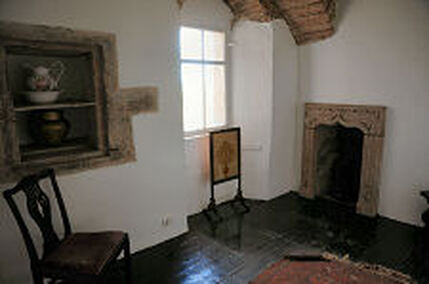
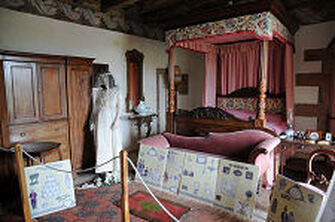
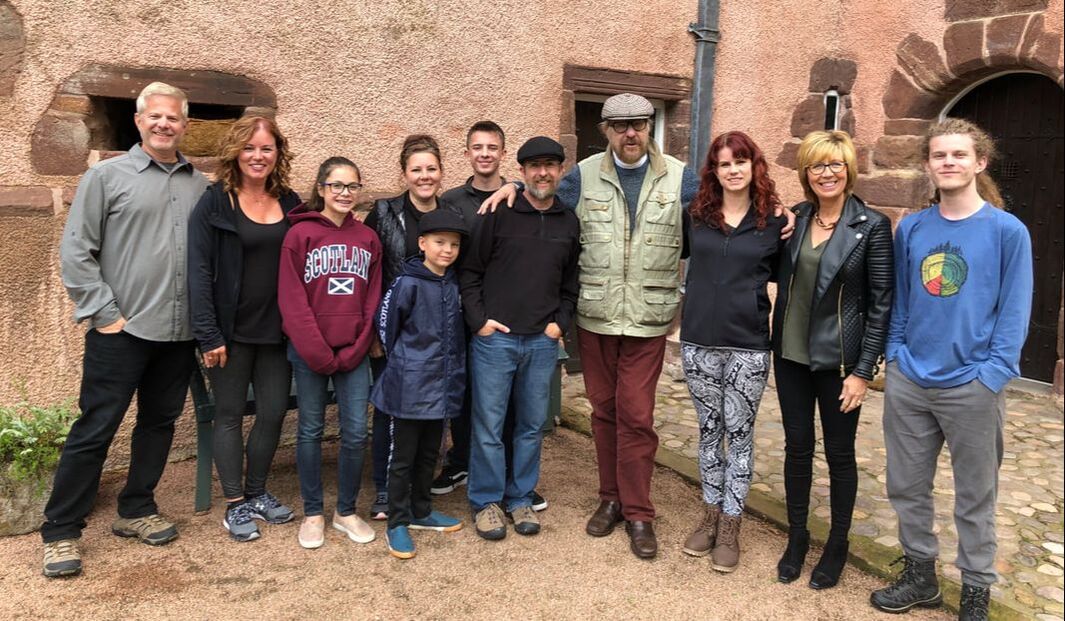
 RSS Feed
RSS Feed